8 examples of when fans stopped caring about fan service
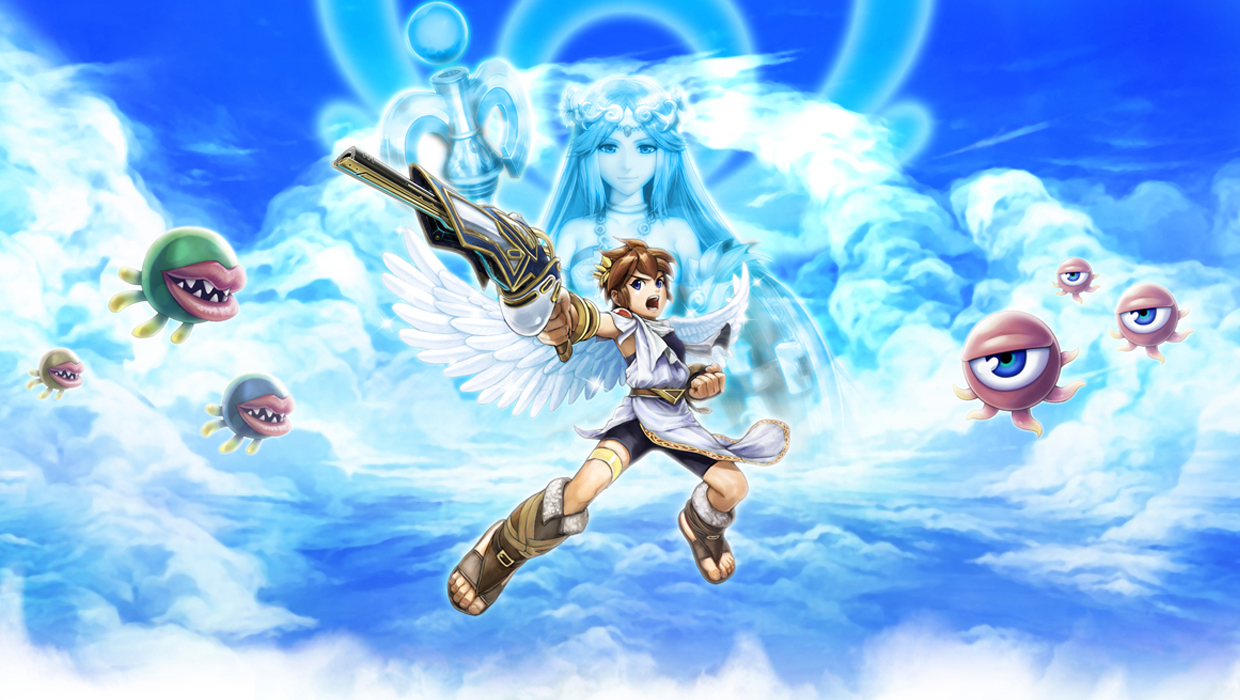
Strike while the iron is hot
Fans of games are insatiable. They want to know everything all the time, they want sequels as fast as possible, and they have to have it all NOW. Game makers have to find the right balance for giving fans what they want while still leaving them hungry for the next release. We're more used to seeing games like Guitar Hero die from overexposure, but there's also the danger of losing fans by waiting for too long to release a potential blockbuster.
If you leave devotees on the hook for years and years, many will to give up and move on before the follow-up eventually arrives. And that's bad news for publishers that finally give in to the diehards' demands with some fan-pandering crossover, or long-awaited sequel. These are the games that missed their moment and ended up pleasing a fraction of the audience they once had.
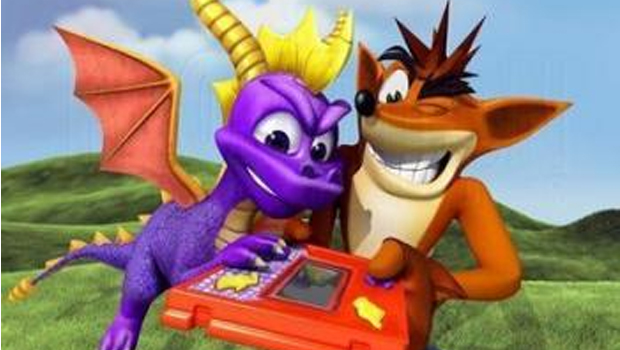
Crash Purple/Spyro Orange
Sony's first PlayStation was a wild frontier where new characters and would-be mascots got to exist alongside gaming's most elite stars. And the PSOne's search for a figurehead led to the creation of characters like Crash Bandicoot and Spyro the Dragon. The two were hits with the system's younger crowd, but when the PS2 rolled around, Sony cut the two franchises loose before the two could ever have a blockbuster team-up to unite the two fanbases.
Both Crash and Spyro went multiplatform under the banner of Vivendi Games, appearing on Microsoft and Nintendo's consoles, which made them feel a little less special. Thus, when the two finally crossed over in 2004's Crash Bandicoot Purple/Spyro Orange, the titanic meetup didn't mean as much as it would've five years earlier. Not only had their young fans grown up and moved on, but having two former Sony mascots team up in a Game Boy Advance exclusive seems to be sidestepping most of the audience the developers hoped to attract. Talk about wrong place, wrong time.
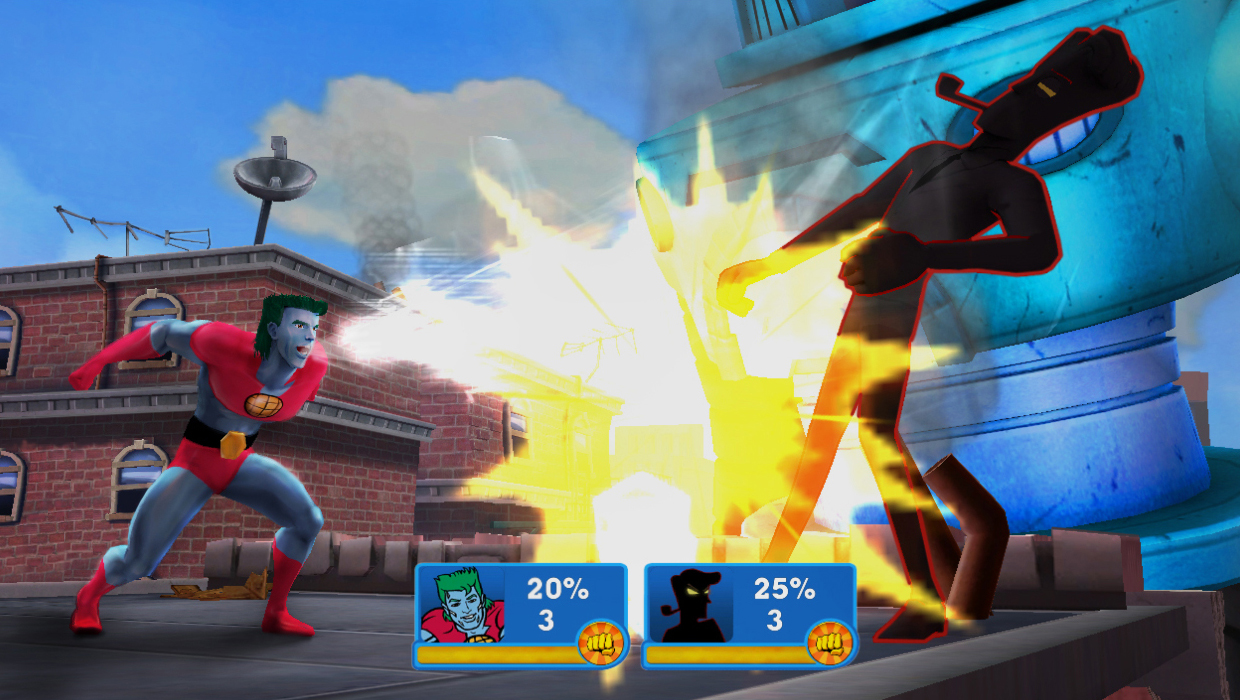
Cartoon Network: Punch Time Explosion
"Captain Planet, he's our hero, gonna take pollution down to zero" If you're a child of the '90s, seeing those lyrics are guaranteed to make you start singing the entirety of the Captain Planet theme song out loud. It may have been incredibly preachy and more than a little corny, but many kids were addicted to the multicultural adventures of the Planeteers. After appearing in a couple of (awful) games in his heyday, Captain Planet was gone for years and years. And when he finally returned in Cartoon Network: Punch Time Explosion, barely any of his old fans noticed.
Punch Time Explosion is an adequate attempt at a Smash Bros. clone, replacing the Nintendo stalwarts with Cartoon Network originals like Johnny Bravo and The Powerpuff Girls. Captain Planet is one of the final characters you unlock in the game, in a move that's meant to please the older fans who very likely ignored the kiddie title. In fact, with the game coming out more than 20 years after Captain Planet premiered, the coolness of Captain Planet's inclusion was probably only noticed by the parents of the game's primary audience.
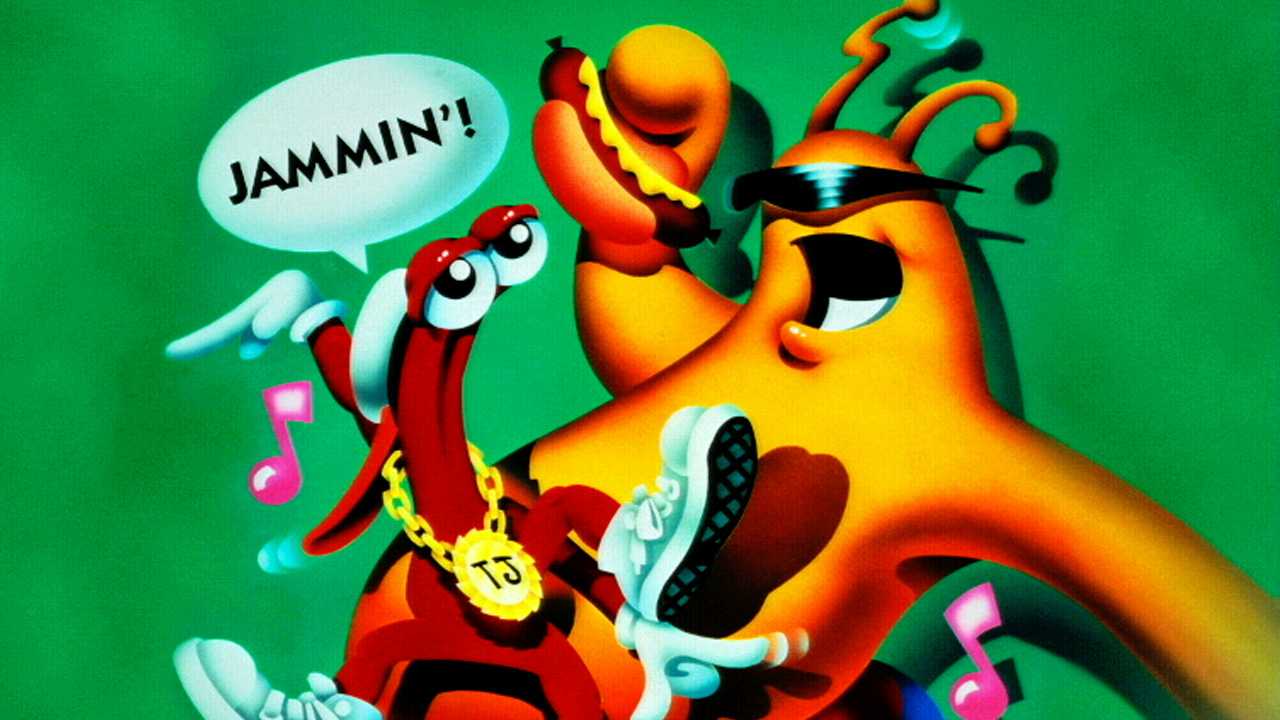
Toejam & Earl 3: Mission to Earth
Sonic the Hedgehog gets all the credit as the cool mascot that separated Sega from Nintendo's younger audience, but Toejam and Earl have a lot to do with it as well. The red and yellow hip-hop aficionados had cutting edge style in 1991, and game designer Greg Johnson helped make the oddball adventure a must-have on the Genesis/MegaDrive. The sequel was also a success, but then Sega's priorities were all over the place for the next decade, and Toejam and Earl's fans were left wanting for a third game on Saturn and Dreamcast.
When Sega went third party in the early 2000s, the company was in need of something that would please longtime fans, so Toejam & Earl 3 became a reality on the Xbox. Sadly, seeing the two in polygons for the first time only served to remind you of how much time had passed, making the pair more passe than retro. Even with Greg Johnson's involvement, the split-screen action was met with ambivalence, showing that the franchise was better off left in the back of the closet next to a pair of hot pink parachute pants.
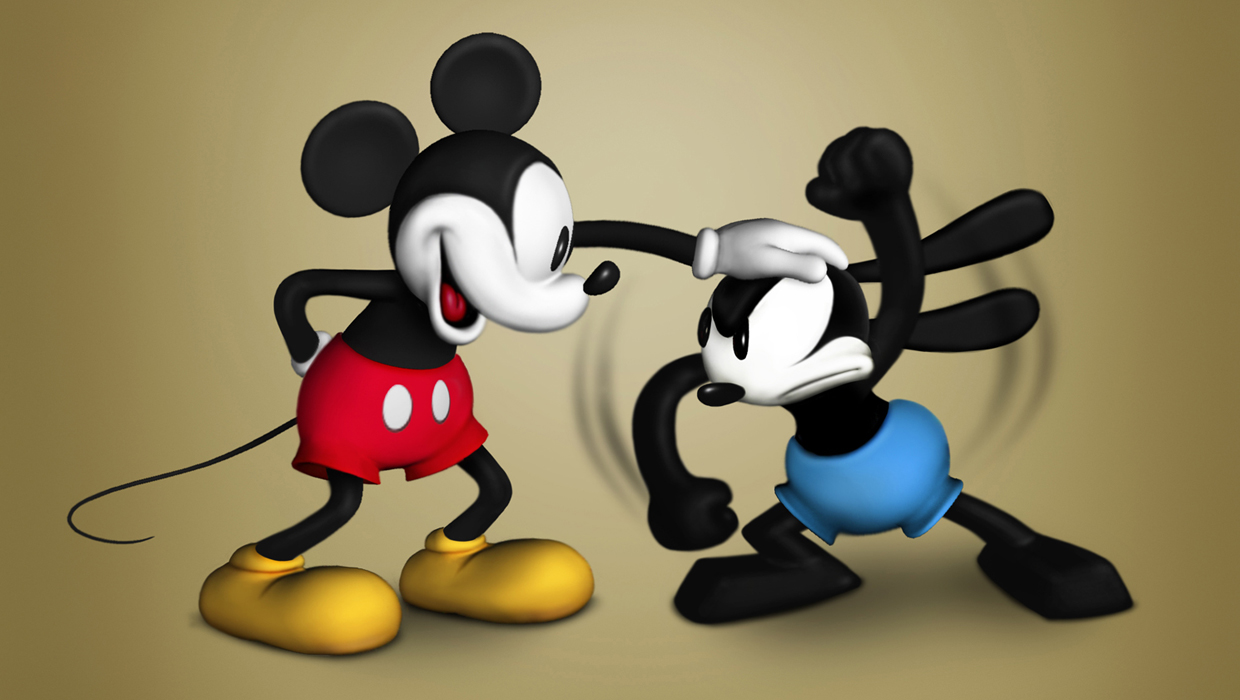
Epic Mickey
Hardcore game fans have nothing on lovers of Disneyana. Those people pour over almost a century of history to keep track of everything Walt Disney ever touched, and Oswald the Lucky Rabbit is barely known even among those diehards. See, old Uncle Walt created Oswald before Mickey ever existed--the mouse could even be considered a rip-off of the rabbit--and after languishing in obscurity for decades, Oswald returned to the Disney corporation back in 2006. Oswald is central to Disney's Epic Mickey, but fans haven't offered him a very warm welcome.
Epic Mickey is a good-looking game and is far more experimental than many expected from Disney, but the former-Wii-exclusive has been overlooked by most. It probably didn't help that Mickey is seen as a bland corporate mascot instead of a dynamic gaming star, but Oswald being central to the story has as much to do with player ambivalence. Many of Oswald's original fans have died of old age by this point, so who did Disney hope to please by finally throwing him back into the spotlight?
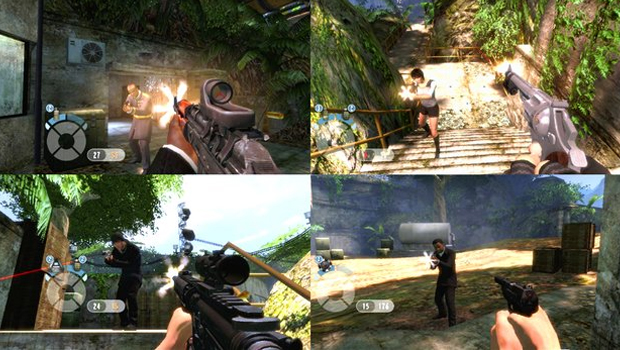
GoldenEye 007: Reloaded
PC gamers will tell you that competitive FPSs were already going strong in 1997, but console gamers got their first real taste of deathmatch and King of the Hill modes in the N64 sleeper hit, GoldenEye 007. This N64 title recreated the spy action as a fuzzy, polygonal shooter, and threw in four-player split screen action that took advantage of the console's unique-at-the-time capacity for more than two players. From living rooms to college dorms the world over, people spent thousands of hours blasting away at classic Bond characters. And publishers have been trying to recapture that unique moment ever since.
GoldenEye developer Rare moved on soon after, but fans were clamoring for more GoldenEye with the release of every James Bond game that wasn't a direct sequel. Activision finally stepped up to give fans what they were asking for, recreating the shooter on Wii in 2010, but the magic wasn't there any more. It didn't help that the game recasts all the original actors, but it has more to do with the action feeling dated and it being relegated to a Nintendo system. After the joys of Halo and Call of Duty, how can you go back to split-screen in the Facility?
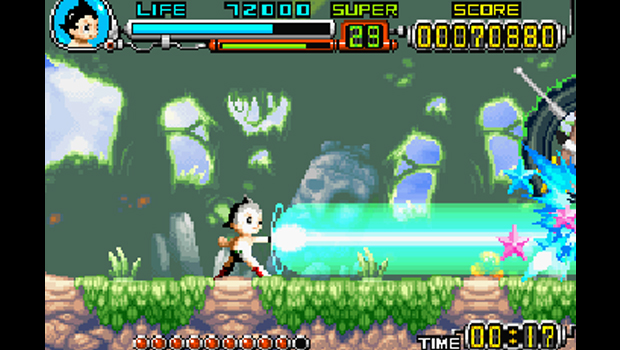
Astro Boy: Omega Factor
Osamu Tezuka is more than just a famous comic artist in Japan. The man is regarded by many as the pioneer of the manga medium, defining many of the art and storytelling techniques that are still used today. Characters like Astro Boy, Kimba, and Phoenix are loved by comic book historians the world over, but they aren't what I would call popular with kids. So it's a bit off to see all of Tezuka's characters come together in a hardcore shoot 'em up for the GBA.
Developed by Sega and Gunstar Hero creators Treasure, Astro Boy: Omega Factor not only involves all the major Astro Boy stars, but it pulls in many of Tezuka's other mainstays. And the story has the type of surprisingly dark ruminations on death and rebirth that Tezuka's work often focuses on. It's a great tribute to the man, but it's a little misplaced when most of the artist's western fans are middle-aged comic book scholars that are more likely to own Understanding Comics than a Game Boy Advance. And the cultish "success" of the game reflected that.
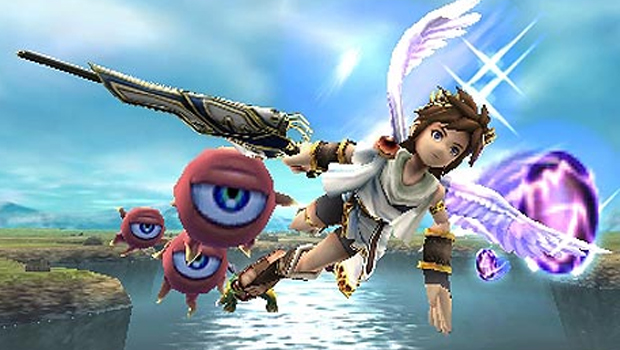
Kid Icarus: Uprising
Nintendo makes sequels to its franchises so often that when one goes unused for years, fans start to notice. Kid Icarus was a big deal on the NES in 1987, with a unique mix of puzzle platforming and role-playing elements. After an under the radar Game Boy spin-off and appearing in the dreadful Captain N cartoon, Pit and the rest of the Kid Icarus gang disappeared, becoming a hot commodity among Nintendo faithful. After Pit made an appearance in Smash Bros. Brawl, many thought the character would have that long-awaited sequel soon, but it was another four years away.
When Kid Icarus: Uprising finally came to the 3DS in 2012, the fans begging for his comeback got what they wanted, but it wasn't the massive success Nintendo probably expected after all that fan outcry. Some old school fans didn't like that the on-rails shooting gameplay is so different from the original, while others weren't into the hand-cramping use of touch controls. But could Icarus' real problem been that fans had so long to build up expectations that Nintendo could never have equaled the hype?
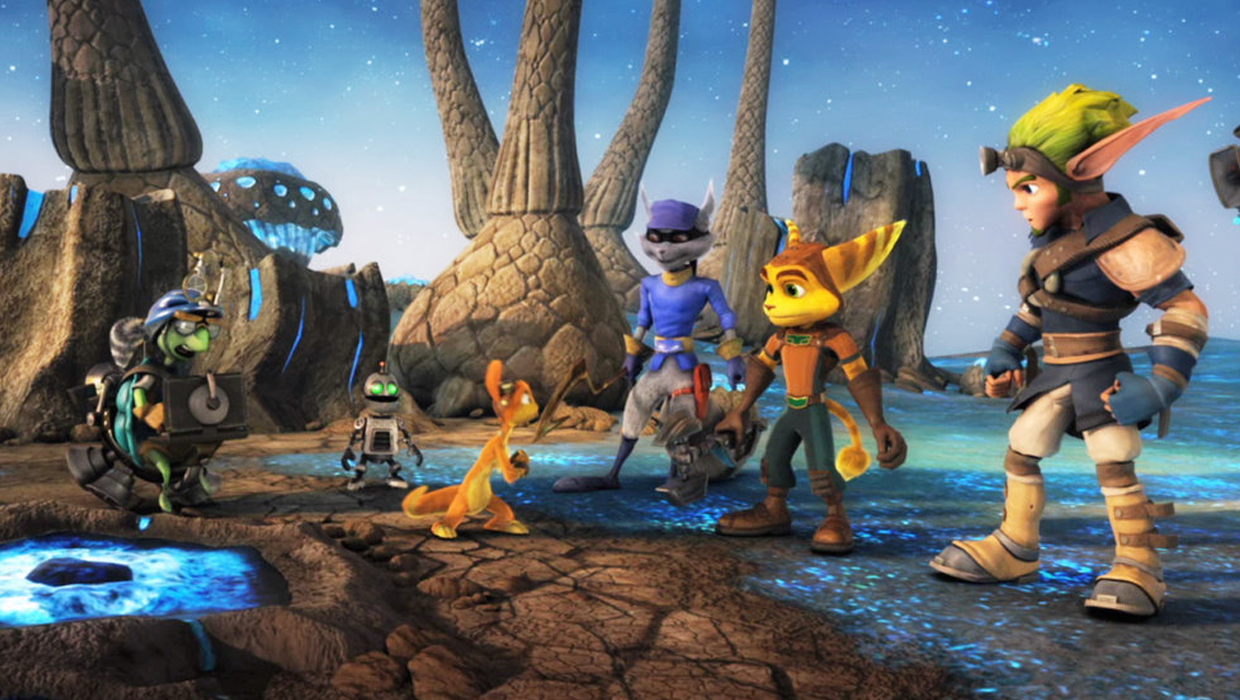
PlayStation Move Heroes
Crash Bandicoot and Spyro may have left behind PlayStation exclusivity, but they were soon replaced by a new crop of characters. Jak & Daxter, Ratchet & Clank, and Sly Cooper were all big time stars on the PlayStation 2, appearing in more than a dozen games total, though never in the same release. But when Sony made the move over to the PlayStation 3, those cartoony guys fell to the wayside in favor of Uncharted, Resistance, and InFamous. And when the PS2 folks did get brought together in the crossover so many had hoped to see, they did so with far less fanfare than you expected.
When all of these multi-million sellers came together under one umbrella in PlayStation Move Heroes, all their fans had to deal with motion controls if they wanted to see the crossover happen. The game was built to take advantage of the underwhelming Move controller, and the fact that the game wasn't developed by any of the studios that made the characters famous didn't help matters. Seeing Sly, Jak, and Ratchet share the same screen should've elicited cheers, but all it could muster were indifferent shrugs.
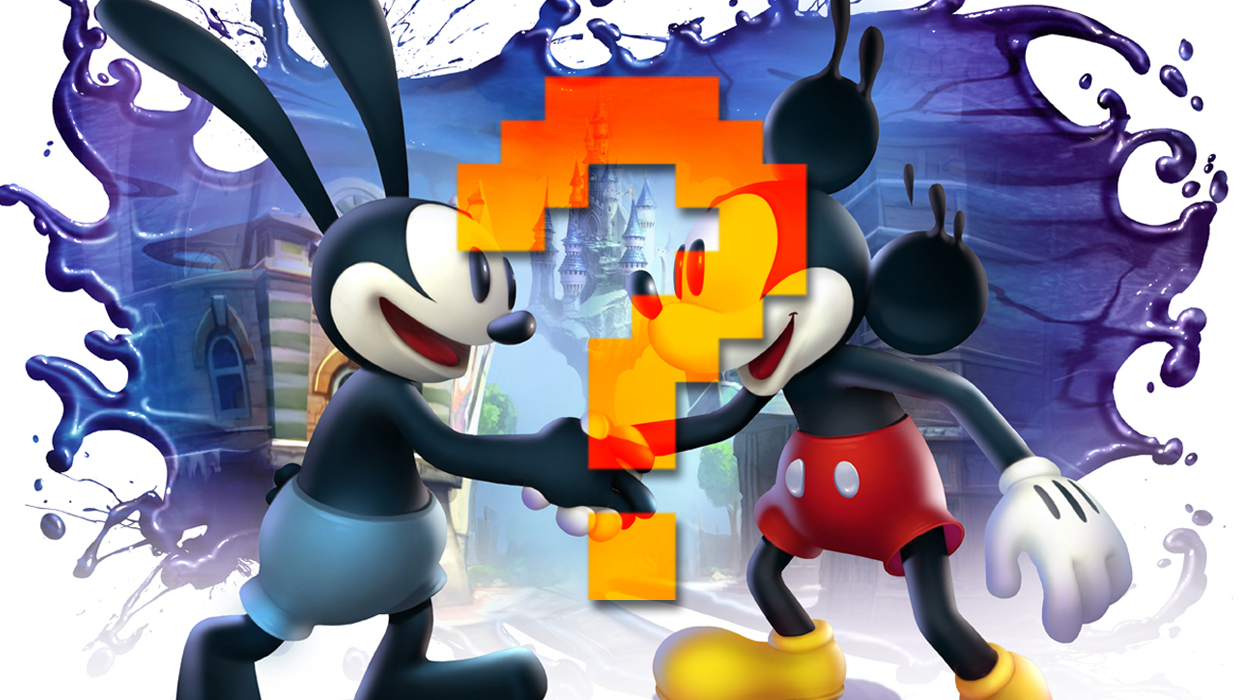
Make hay while the sun shines
So that just goes to show you that you don't want to make your fans wait too long, so I won't make you wait any longer to comment on this feature. If you can think of any other supposed fan favorites that were instead met with yawns, talk all about it down below.
Looking for more fan favorites? Check out these incredible game crossovers envisioned as awesome fan art, or some 10 examples of fan service that fans hated.

Henry Gilbert is a former GamesRadar+ Editor, having spent seven years at the site helping to navigate our readers through the PS3 and Xbox 360 generation. Henry is now following another passion of his besides video games, working as the producer and podcast cohost of the popular Talking Simpsons and What a Cartoon podcasts.


